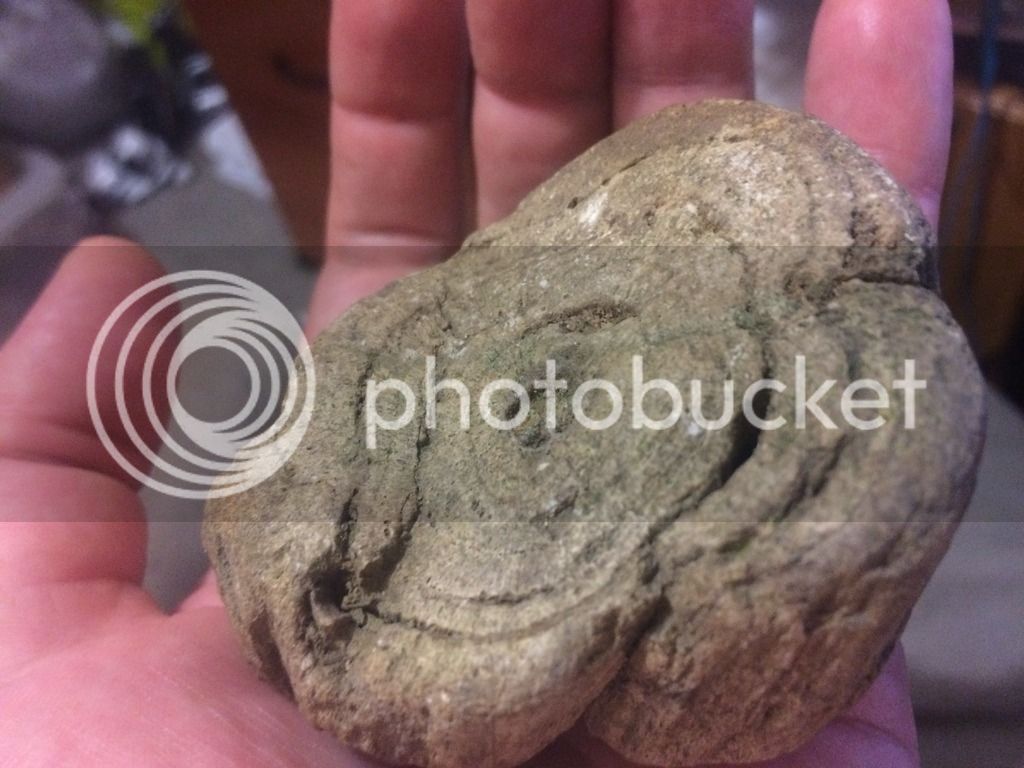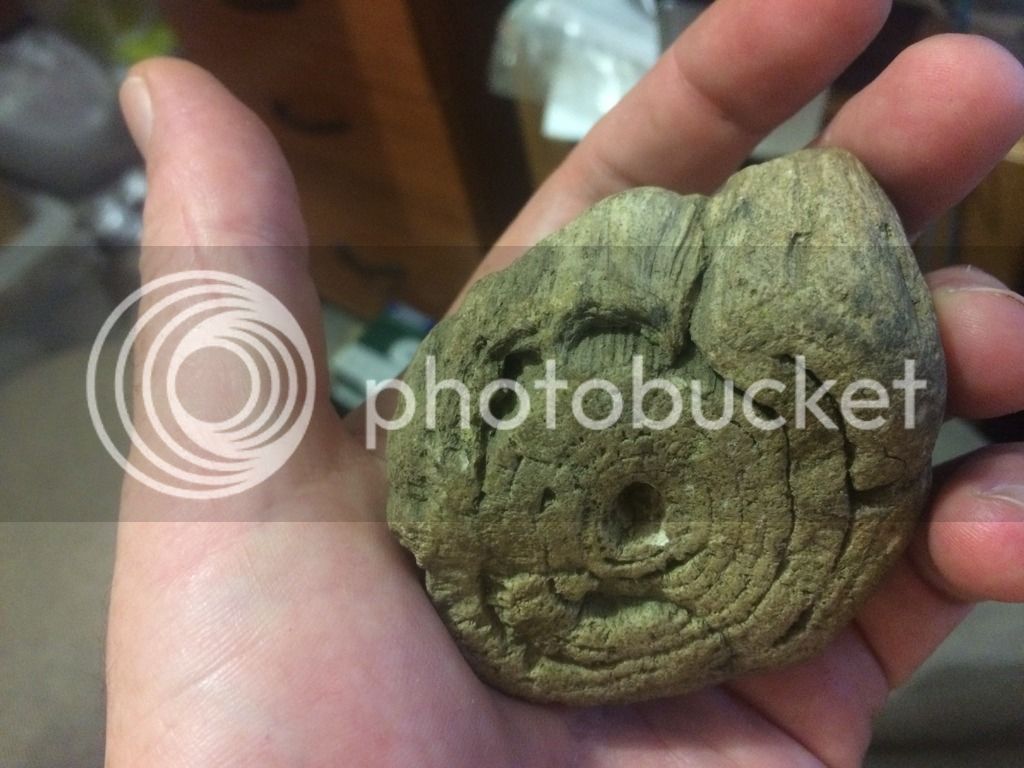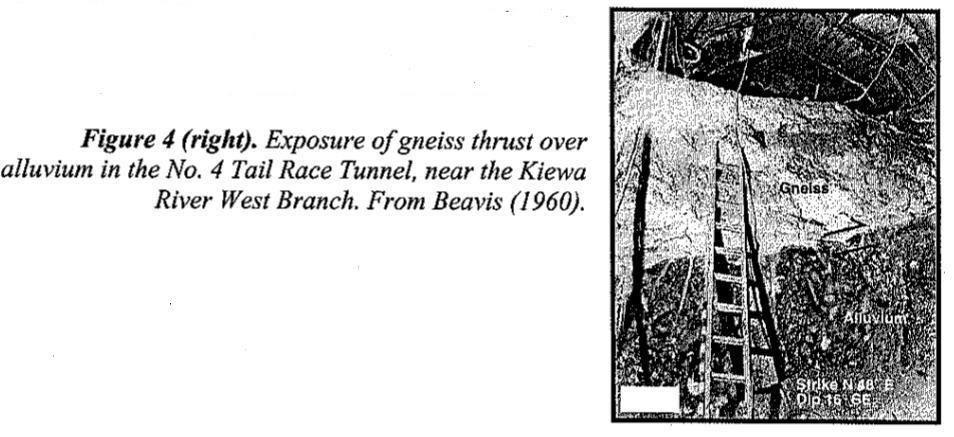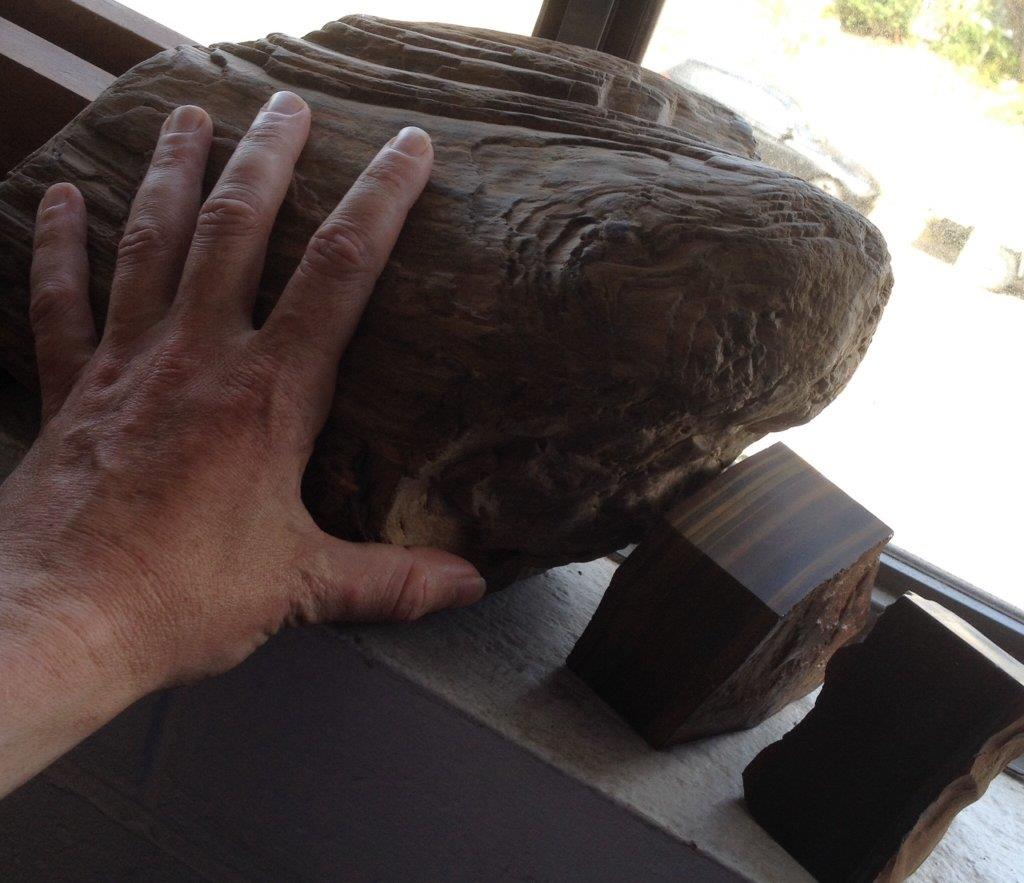Lefty, here is a bit of petrified wood found recently by a mate. This is not glossy and looks porous, in fact when he first gave it to me i was expecting it to be rotten drift wood. It is quiet solid but does not show any sign of chalcedony that normally fills the cavities or the black. While i have not seem much like that from the Valley, it could be easily overlooked if broken or weathered i guess.











